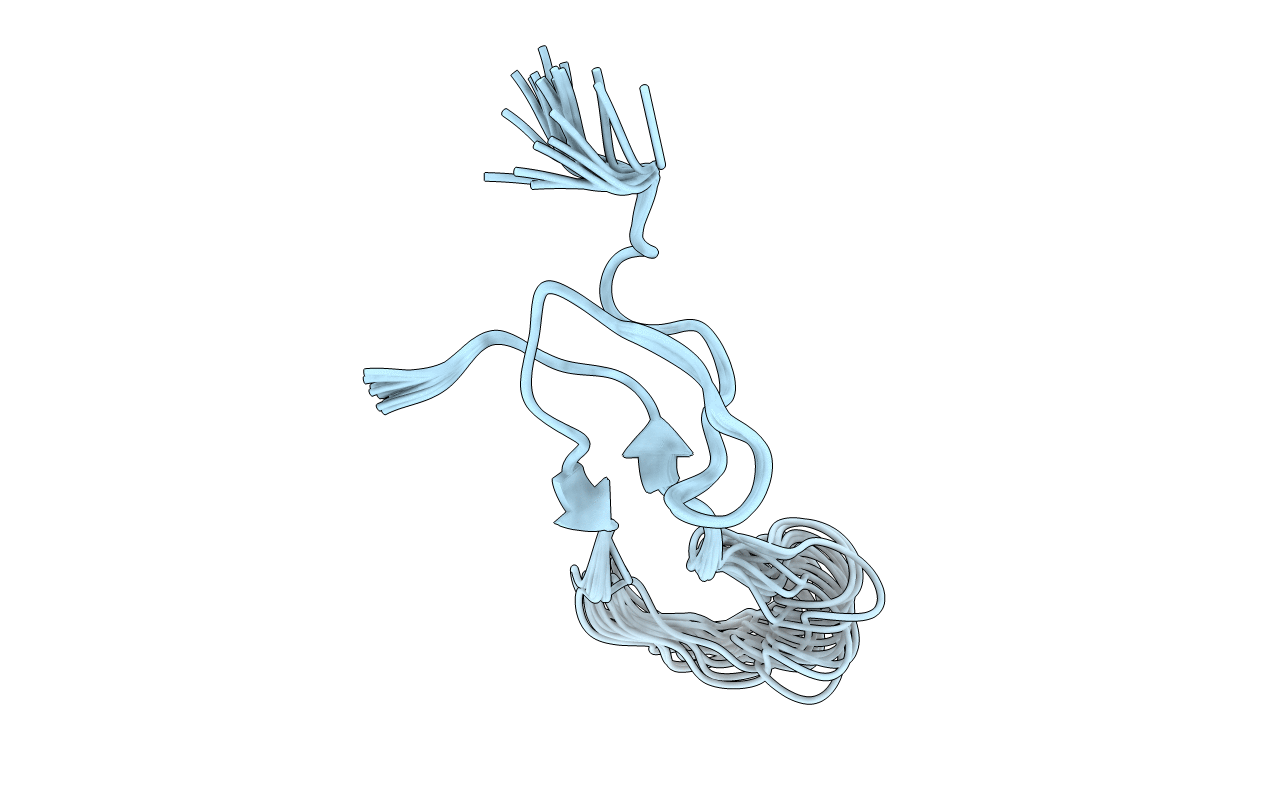
Deposition Date
2013-10-04
Release Date
2014-10-15
Last Version Date
2024-10-16
Entry Detail
Biological Source:
Source Organism:
Segestria florentina (Taxon ID: 31925)
Host Organism:
Method Details:
Experimental Method:
Conformers Calculated:
200
Conformers Submitted:
20
Selection Criteria:
structures with the lowest energy


